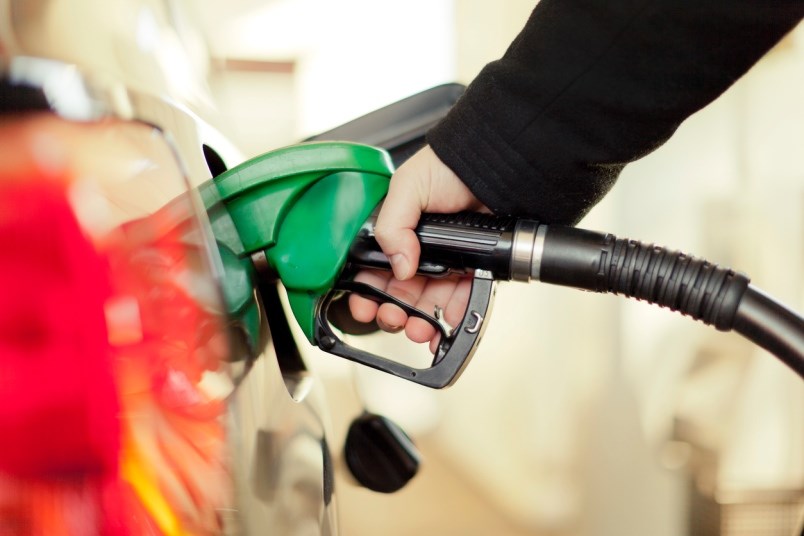Burnaby gas prices continue to skyrocket – hitting more than $1.50 a litre this week – with the cost sure to hit $1.70 at some point, according to most analysts.
But why is this happening and can anyone slowing the price hikes down.
Statistics Canada says gasoline prices rose 6.5 per cent in February compared with January, marking the third month in a row of climbing prices at the pump.
Douglas Porter, chief economist at BMO Capital Markets, wrote in a research note on Wednesday that gas prices are "poised to really pop" going forward, based on a weekly reading showing pump prices up 44 per cent from a year ago.
Here are a few reasons why you may be feeling sticker shock:
1. Today's prices are a contrast from pandemic lows
Statistics Canada says February marked the first time since the COVID-19 pandemic began that gas prices are higher than they were in the same month a year prior. Overall, gasoline prices were five per cent higher in February 2021 compared with February 2020.
Fuel prices plunged in March and April 2020, separate data from the agency shows. In Winnipeg, for example, prices were down to 67.7 cents per litre last April for regular gasoline at self-service stations, and have since risen to 109.2 cents per litre last month. That's now higher than the pre-pandemic Winnipeg price of 102.5 cents per litre in February 2020.
2. Prices are affected by local and national policies
Canadian Automobile Association notes that in addition to crude oil prices and refinery prices, local taxes and retail margins factor into gas prices. High-traffic gas stations can charge lower margins, meaning large cities sometimes have lower prices than small towns, CAA says.
Petro-Canada says gas taxes also vary significantly by province and city due to carbon taxes and municipal fuel taxes.
That said, Canadians aren't alone in paying higher prices at the pump. Website GasBuddy says the average price of gasoline in the U.S. has also been rising for 10 straight weeks. Gulf Coast producers are still recovering from last month's Texas freeze and more drivers are hitting the road during warmer weather.
3. Supply is shifting
Patrick De Haan, head of petroleum analysis at GasBuddy, says it can take oil producers a while to ramp up production, especially after some smaller producers shut down or went bust during the depths of shutdowns last year.
Like Gas Buddy, Statistics Canada also lists "crude oil supply cuts in major oil-producing countries" and "weather-related shutdowns in the southern United States" as factors behind the recent uptick in gasoline prices.
4. Demand is rising
Statistics Canada also says there has been "a gradual recovery in global demand for gasoline." De Haan says that optimism around the COVID-19 vaccine may be one factor affecting global demand, as some countries ease travel restrictions and open some workplaces.
5. You may already be seeing inflation in other areas of your budget
Statistics Canada says rising gasoline prices are one major factor behind a rise in the consumer price index in February. But prices for goods in other areas of the economy are rising, such as new home prices, the agency said on Tuesday.
- With files from the Canadian Press



